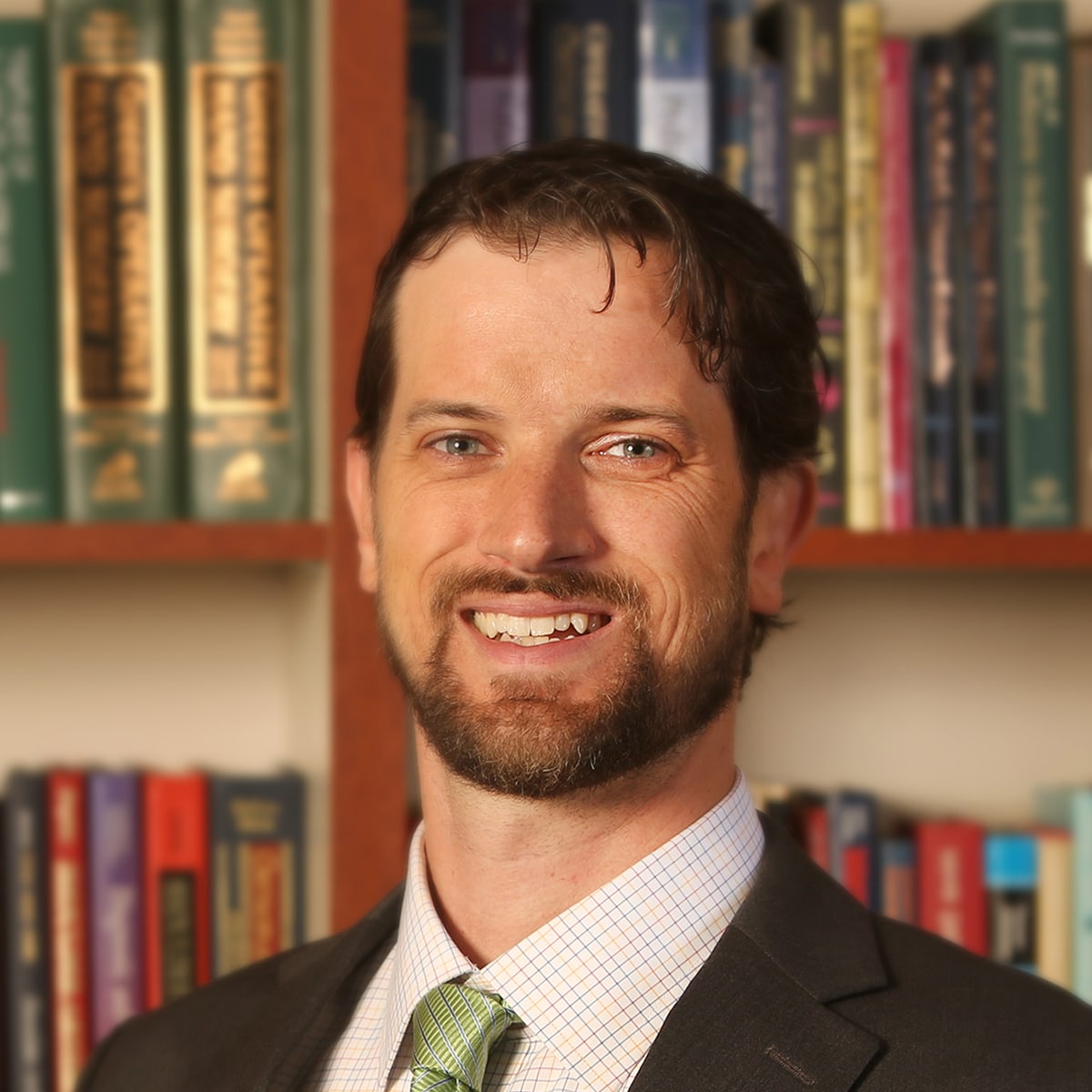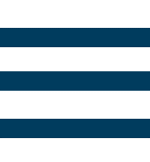By Eamonn Mahoney, M.D.
Featured in on Jan. 25, 2018 in Columnists

Dr. Mahoney is a board certified, fellowship-trained Orthopaedic Surgeon specializing in Spine, with more than 12 years surgical experience.
When most people think of back surgery, they probably picture the patient laying on their stomach and the surgeon making incisions on the back, close to the spine. But for nearly a decade, specialty trained orthopedic and spine surgeons have been taking new approaches to get to the lower spine, including from the side of the body, the throat and the abdomen. These new approaches mean less pain and faster recovery. Often, a patient’s recovery time and post-surgery pain is based on the amount of injury that surrounding soft tissues and other internal areas near the site. These new techniques aim to decrease trauma to the body, reduce pain and shortens the time it takes to recover.
Taking a Side Approach: Oblique Lumbar Interbody Fusion
Oblique Lumbar Interbody Fusion, or OLIF, is becoming a preferred technique by specially trained spine surgeons to repair discs and vertebrae, with less damage to surrounding muscles, tissues, organs and bones. The damaged disc and bones are removed and replaced by a bone graft or spacer(s). Sometimes, screws, rods and plates are used to connect the adjacent vertebrae together.
Patients with low back and/or leg pain who have not responded to non-surgical treatments such as physical therapy or medications may benefit from the procedure. OLIF is recommended to correct fractured vertebrae, degenerative disc disease, spondylolysis/spondylolisthesis (slippage of one vertebrae over another), scoliosis (abnormal curvatures of the spine) or other spinal instabilities.
How Does OLIF Work?
The minimally invasive (tissue sparing, small incisions) procedure uses an oblique, or from the side, approach to the gain access to the damaged discs in the lumbar spine, or lower back. The lumbar region of the spine is comprised of five vertebrae (L1 thru 5), with discs separating the vertebrae. As we age or if there’s an injury to this area, the discs begin to wear down, causing the vertebrae to rub against each other. This degeneration causes lower back pain, leg pain, back and leg numbness and weakness.
One of the biggest advantages to OLIF is there’s no “muscle stripping.” Muscle stripping means the surgeon must cut and strip the muscle off the problem area of the spine to get to the damaged vertebrae. A much larger incision is needed, and causes more trauma to the muscles and surrounding tissues.
With the OLIF procedure, the surgeon approaches the spine from the side of the body, and does not have to strip the muscles from the spine; rather, he/she is able to carefully separate (called dilation) the muscles. This separation gives the surgeon a great view of the area that needs to be treated, with far less trauma to tissue, bone and internal structures. With OLIF surgeries, the recovery time is shorter and post-surgical pain is much, much less. Also, smaller incisions mean deceased risk of infection.
How is an OLIF Performed?
The procedure is performed under general anesthesia. During an OLIF procedure, the patient is positioned on his or her side. This allows the body to naturally fall away from the side of the body to be operated on.
An incision is made in the side of the abdomen and the abdomen muscles are separated and retracted. This creates small corridors with tubes that allow the surgeon to access the lower spine. The damaged vertebrae and/or discs are partially or totally removed. A bone graft or spacer is placed above and below the damaged area (called the interbody space). The vertebrae are then joined together (fused) using a bone graft or bone-graft substitute such as rods, screws, plates, etc. The fusion creates a rigid and immovable column. The surgeon removes the instruments used to hold the internal structures out of the way, allowing the abdominal organs, blood vessels and muscles to return to their normal place. The incision is then closed and covered and the patient goes to the recovery room.
Recovery times vary, but most patients will stay at the hospital or surgery center for one to two days following surgery. Pain medication and a brace to support the lower back may be necessary. Physical therapy is recommended to improve strength and movement and help the patient return to the quality of life he or she desires.
Dr. Eamonn Mahoney is an orthopaedic surgeon fellowship trained in back and neck care. He practices in the Spine and Pain Center, a service of Northern Arizona Orthopaedics. To learn more, visit northAZortho.com or call 928-226-2900.

